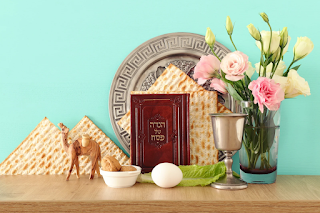Kitniyot - Meaning And Importance To Jewish People
Kitniyot is a Hebrew term that refers to a group of legumes and grains that are traditionally prohibited for consumption by Ashkenazi Jews during the holiday of Passover. This includes items such as rice, corn, beans, and lentils.
The origins of the prohibition on kitniyot are not entirely clear, but it is believed to have developed in medieval times as a way to avoid confusion between chametz (leavened bread or other grain products) and non-chametz products that may have been similar in appearance or preparation.
While the prohibition on kitniyot is not universal among all Jewish communities, it is still widely observed by Ashkenazi Jews today. However, there has been some debate and discussion in recent years about whether the prohibition is still relevant or necessary, given changes in food production and preparation methods.
Some argue that the prohibition on kitniyot is overly restrictive and unnecessary, while others maintain that it is an important part of Jewish tradition and should be upheld. Ultimately, the decision to observe the prohibition on kitniyot is a personal one, and may vary depending on individual beliefs and practices.

















